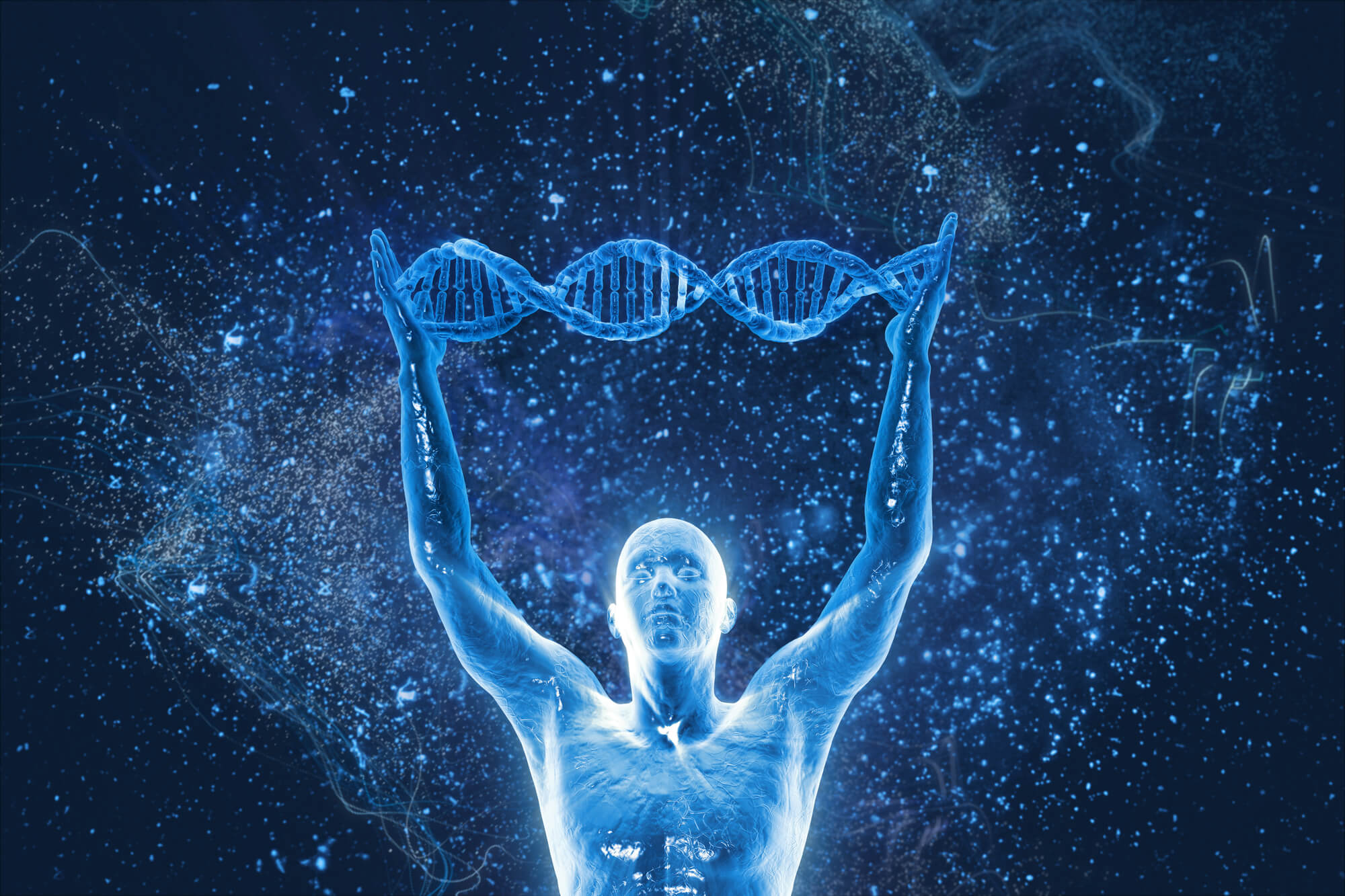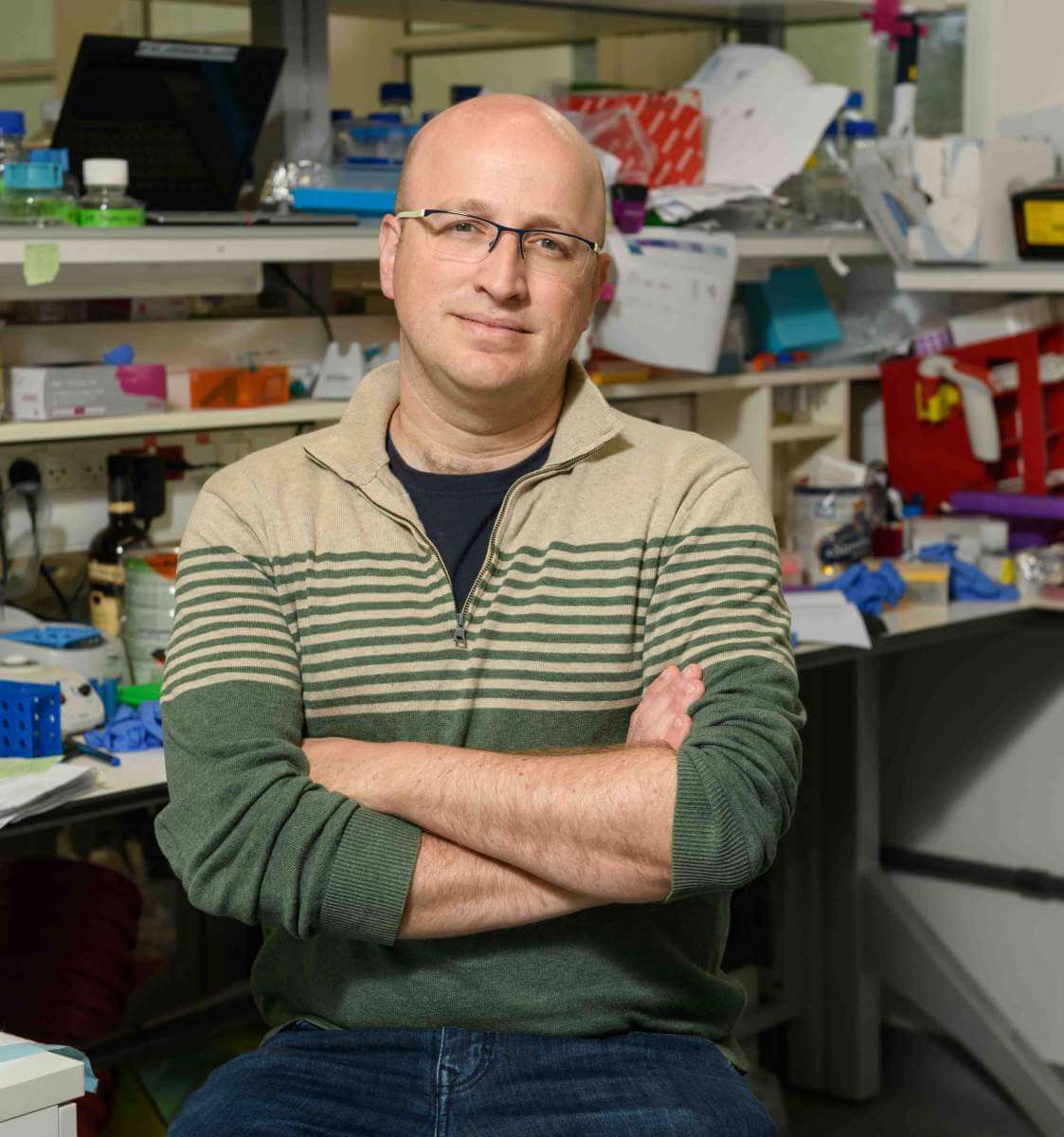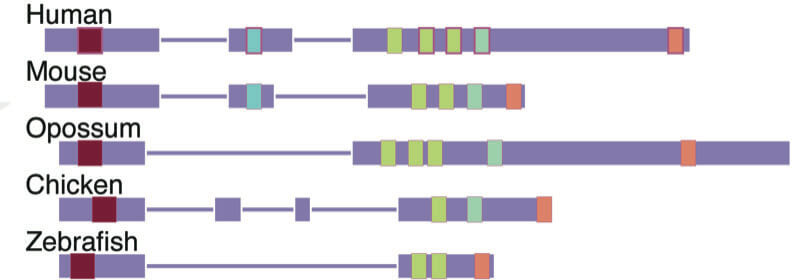A new method makes it possible to locate points of similarity between gene control molecules of different species - from lizards to humans - and thus reveal essential sections that have been preserved throughout evolution

The composition of proteins in our bodies is almost identical to that of monkeys and quite similar to the composition of proteins in less "human" creatures: for example, we share 90% of the proteins with mice and with fish - about 70%. Although the genes that encode proteins have undergone relatively few changes during evolution, other parts of the genome actually changed dramatically. Among those agents of change are the genes that produce long RNA molecules that do not code for proteins, or link RNAs (lncRNAs) for short - molecules that play control roles in the genome and determine, among other things, which genes will be turned on or off and when.
"In order for them to fulfill their role, proteins must fold with maximum precision, this fact greatly limits their ability to change and evolve. "Link-RNA molecules, on the other hand, are more flexible and looser, and therefore can probably change significantly - without this affecting the fulfillment of their duties," explains Prof. Igor Olitsky From the biological control department of the Weizmann Institute of Science.

Because the link-RNA molecules have changed so much during evolution, at first glance it seems as if there is nothing in common between these molecules in humans and other species. Prof. Olitsky and a research team led by him A method has been developed that allows to reveal the points of similarity between link-RNA molecules of different species - even those that are separated by hundreds of millions of years of evolution. This is an algorithm that identifies segments in these molecules that have been preserved throughout evolution, and are therefore apparently essential for their function. Identifying the essential parts of these molecules will make it possible to block their activity, whether for research purposes - to determine which proteins among the thousands found in the cell are related to this or that link-RNA - or as a possible treatment for disease states in which link-R molecules are involved AN
The algorithm, called "link-loom" (LncLOOM - i.e. the "weaving loom" of link-RNA molecules) treats link-RNA molecules as weavings in which beads - i.e. vital segments of the molecule - are interwoven alongside important segments less. Each such bead is actually a short segment that includes up to 15 genetic bases out of the thousands of bases that make up the entire link-RNA. To develop the algorithm, the scientists combined advanced computational tools with biological data on these molecules in humans and 20 other species including dogs, opossums, chickens, lizards, sharks and fish.
The LINK-LOM allowed scientists to identify LINK-RNA molecules that perform similar functions in humans and other species. Through it, it also became clear that the closer the species are from an evolutionary point of view, the greater the similarity between their RNA links: they contain the same beads in the same order. The researchers identified, for example, the link-RNA molecule, which consists of 10,000 genetic bases in humans and only 2,000 bases in fish, but in both species the same nine beads are woven into it in the same order. By mining additional information from biological databases, the researchers were able to uncover the function of eight of these beads.

בPrevious research The researchers discovered that the link-RNA molecule known as Chaser (Chaserr) inhibits the activity of the kindergarten Chd2, that mutations in it cause epilepsy and autism. Since these conditions are caused by reduced expression of the gene, it is possible that blocking Chaser could be a new therapeutic direction. However, as befits link-RNA molecules, the chaser is a long molecule, and previously scientists did not know how to effectively neutralize it. In the new study, the scientists found equivalents of the chaser in 16 different species, compared them using the algorithm - and thus identified their most essential segments. Later, they developed two molecules, each of which binds to one of these segments and blocks the activity of the chaser. When the scientists added these molecules to nerve cells in a laboratory dish, they saw a significant increase in expression Chd2. They are now conducting experiments in mice with low expression levels of Chd2 to test whether the molecules would alleviate the neurological symptoms in these mice.
Dr. Carolyn Jean Ross, Dr. Aviv Rom, Amit Spinard, Dikla Galbard Solodkin, and Dr. Neta Degani, all from the Department of Biological Control, participated in the study.
More of the topic in Hayadan:
